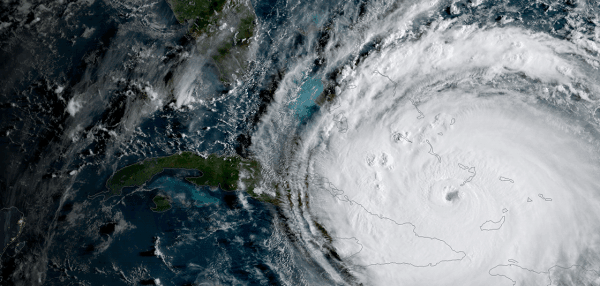Wondering whether a hurricane will affect your town is a good question but one that can’t be accurately answered on a seasonal basis.
NOAA's seasonal outlook, issued in May and updated in August, predicts the number of named tropical storms, hurricanes, and major hurricanes (Category 3 or higher on the Saffir-Simpson Wind Scale) expected over the entire Atlantic basin during the six-month season. But that’s where the reliable long-range science stops. The ability to forecast the location and strength of a landfalling hurricane is based on a variety of factors, details that present themselves days, not months, ahead of the storm.
Every mile of the U.S. Gulf and East coast is vulnerable to a hurricane, but there are locations that have higher odds of being hit any given year. NOAA's National Hurricane Center uses an analysis tool that quantifies those chances called the hurricane return period. It’s the frequency at which a hurricane can be expected to pass within 50 nautical miles of a specific location. For example, a return period of 20 years for a major hurricane means that on average during the previous 100 years, a Category 3 or stronger hurricane passed within 50 nautical miles of that location about five times. Looking forward one could expect five Category 3 or stronger hurricanes within that 50 nautical mile radius during the next 100 years.
Continue reading at NOAA.
Image via NOAA.


